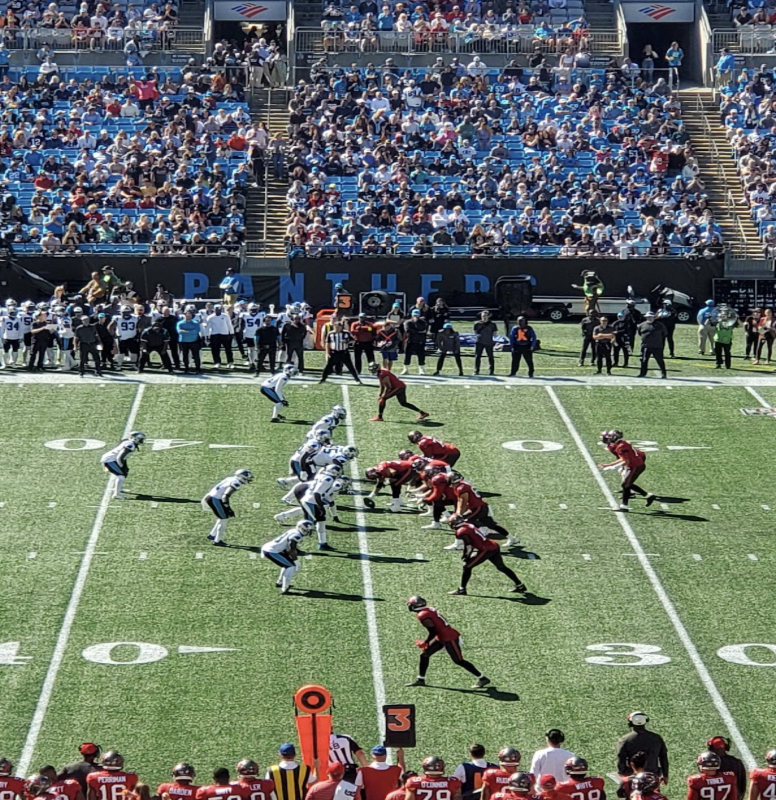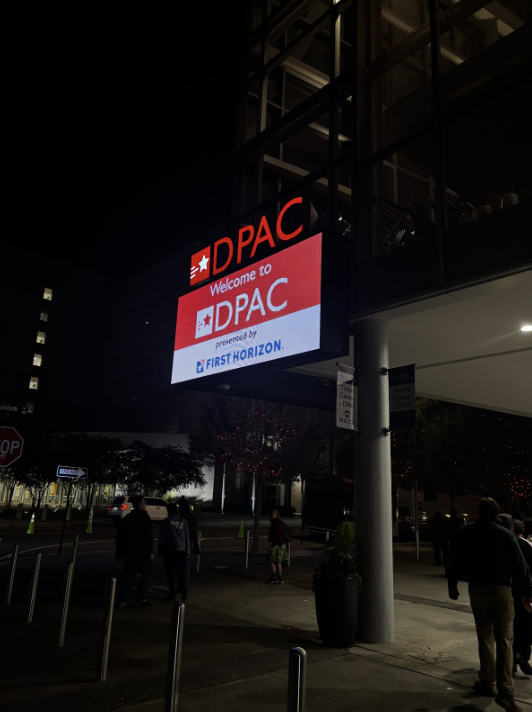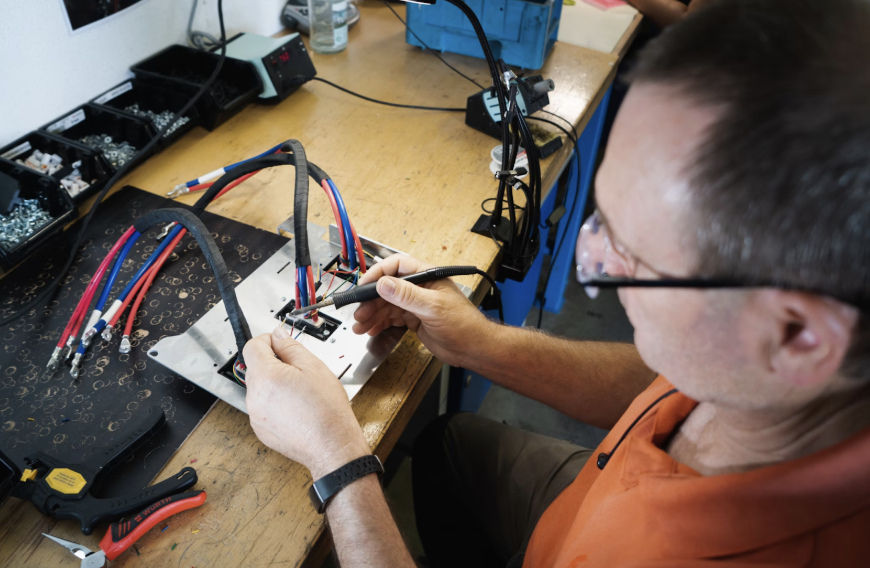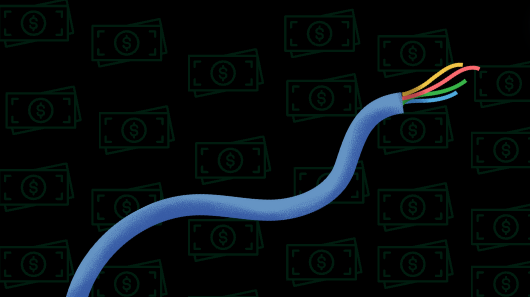On Jan. 29, researchers from Aston University in the UK, Nokia Bell Labs in the United States (US) and the National Institute of Information and Communications Technology (NICT) in Japan innovated the new highest recorded internet speed of 301 terabits (a trillion pieces of data) per second. In order to transfer such a high amount of data at once, the researchers optimized optical fibers, a thin fiber with a glass core that transmits light signals to emit more information without altering the shape and size of the wiring. Avoiding an alteration of the wires allows for the experiment to be universally used by any individuals who also use the standard optical fibers.
To increase the available area to transfer information within, the scientists used optical amplifiers, which are a device that amplifies a light signal through the fibers without converting it into electricity, along with gain equalizers which are devices that change the intensity of light signals emitted in order to widen the usable channels within the optical fibers.
Previously, optical fibers had only used the S-, C- and L- bands, which account for the light spectrum from yellow to orange. However, with the addition of the E- band within optical fibers, the researchers were able to transmit green and yellow light as well, emitting three times as much data through the E- band as compared to the C- band.
With all the pieces of the experiment designed and assembled, the researchers sent data across 50 km of wiring at 301 terabits per second, which is 23% higher than the previous world record and 1.2 million times faster than the average internet speed in the US (249.86 megabits per second).
This experiment innovated internet speeds in a way that will match demand for quick connection, but only if developed properly. Unfortunately, companies likely will not develop these systems as intended and will instead design them to maximize profits and then excuse the absurd prices with the initial cost of implementation.
Despite the attempt to minimize new technology in the experiment to allow for more efficient implementation, it will likely still take years for network providers to implement the optical amplifiers and gain equalizers used to access the E- and S- bands. Internet companies typically only used C- and L- bands, as other bands are not necessary for data transmission. However, even once companies implement the technology, they will use the drastic improvement of connection as an excuse to drive the price up significantly.
Not all network providers will be able to implement the technology either, as they may use copper wiring instead of optical fibers and would have to invest too much money on updating their entire network grid.
Currently, 59% of US network companies use optical fibers to provide an internet connection to consumers. The other 41% use popular types of wiring like copper cables to establish connections that do not use light signals, meaning that nearly half of network companies in the US alone would be unable to provide consumers with the option to purchase these higher network speeds, weakening their business model as the other providers amass more customers.
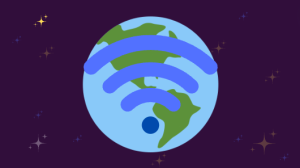
With half of internet providers having a monopoly on this new technology, the price for customers would skyrocket despite the low startup cost for the E- and S- band systems.
Over the following years internet providers will likely begin to market their networks similarly to how some video game corporations have been designing their pricing plans. Recent games have been structured in order to have three different levels of services provided based on which level is purchased, with the higher levels usually costing nearly double of what the base game is priced at.
Internet providers will likely price the E- and S- band connections similarly, by allowing consumers to pay the same amount they currently charge for C- and L- band connection, a higher amount for C-, L- and S- band connection, and an even higher amount for internet connection that uses the four bands.
Internet providers’ likely inflation of the optimized cost will price out smaller businesses and users who may need the system to meet their work needs as their buyers and employers may be expecting them to be utilizing the highest connection speed. Over time, this will lead to further job loss and economic issues as people continue to get priced out from their jobs.
The internet optimization possibilities shown by the researchers would be no doubt revolutionary, allowing for unprecedented speeds of communication. Unfortunately, most consumers will likely never experience the changes, due to the time and monetary cost of implementing the technological changes and the expected pricing plans for the optimized systems.



































